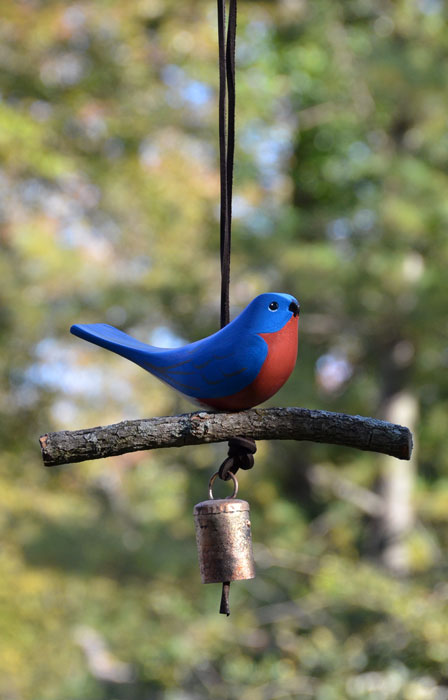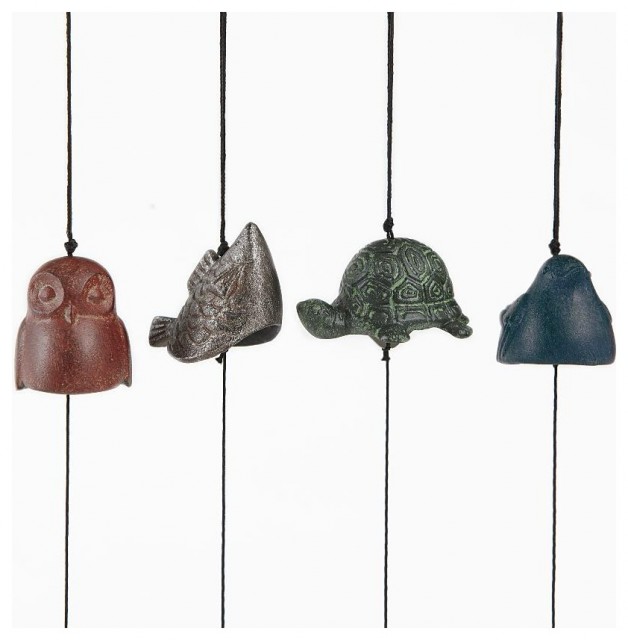

Others put up a second box nearby only when a non-bluebird species has claimed a nest box first. Some people believe it encourages other species more than it accommodates bluebirds. But the nest box “pairing” idea is not with-out differing opinions.

This “peaceable kingdom” occurs for practical reasons: These bird neighbors, by and large, do not share the same food supply. Bluebirds may nest in one, and swallows, chickadees, or titmice in the other. So reduce competition by installing pairs of bluebird nest boxes no more than fifteen to twenty feet apart. Tree Swallow pairs won’t nest close to one another either. Since bluebirds defend large feeding territories around their nests-one or two acres in early spring-they don’t want to nest close to other bluebirds. Most important, bluebirds need to live near a ready supply of insect food.

By contrast, bluebirds like nest boxes out in the open even a small yard with open spaces will suit a bluebird. Chickadees and titmice, for example, prefer nest boxes near or under mature trees or within woodlands and forests. Knowing where to place and where not to place bluebird nest boxes is critical. A well-built and well-placed blue-bird nest box in your own backyard or nearby park can help boost local populations.Įven with nest boxes in place, bluebirds must compete with both introduced and native species that also want to call these nest boxes their home. Many of those have been removed or replaced with treated wood, plastic, or metal posts. Not long ago, many bluebirds nested in wooden fence posts, especially around farms. Competition for these limited sites is a huge problem, especially in early spring. But today, natural cavities can be hard to find. In the natural world, all three species of North American bluebirds-the Eastern, Western, and Mountain Bluebirds-seek tree cavities or woodpecker holes for nesting sites.
Blue bird bell pdf#
Barker and Elissa Wolfson. You can also download a printable PDF of the instructions here. Other Soundsīluebirds attacking predators or other intruders on their territory may dive-bomb them and clack their bills shut.This article has been adapted from the Audubon Birdhouse Book by Margaret A. Birds nervous at the approach of a ground predator make a loud, continual chit-chit-chit. Females make a very soft, low chip when a courting male approaches. When bluebirds get too close to each other, they let each other know with a single, harsh screech. Bluebirds give this song in all seasons as a way of keeping in touch with each other or to signal nestlings that adults are bringing food. The call lasts a little less than a second, with males’ calls typically slightly longer than females’. The Eastern Bluebird’s most common call is a soft, low-pitched tu-a-wee with a querulous tone. Paired males sometimes sing a much softer version of this song while females are laying eggs. Females sometimes sing this song when they see predators on their territory. Typically, unpaired males sing this song from a high perch or sometimes in flight, as they try to attract a mate. Harsher chattering notes may be interspersed with the whistles. Eastern Bluebirds sing a fairly low-pitched, warbling song made up of several phrases, each consisting of 1-3 short notes.


 0 kommentar(er)
0 kommentar(er)
